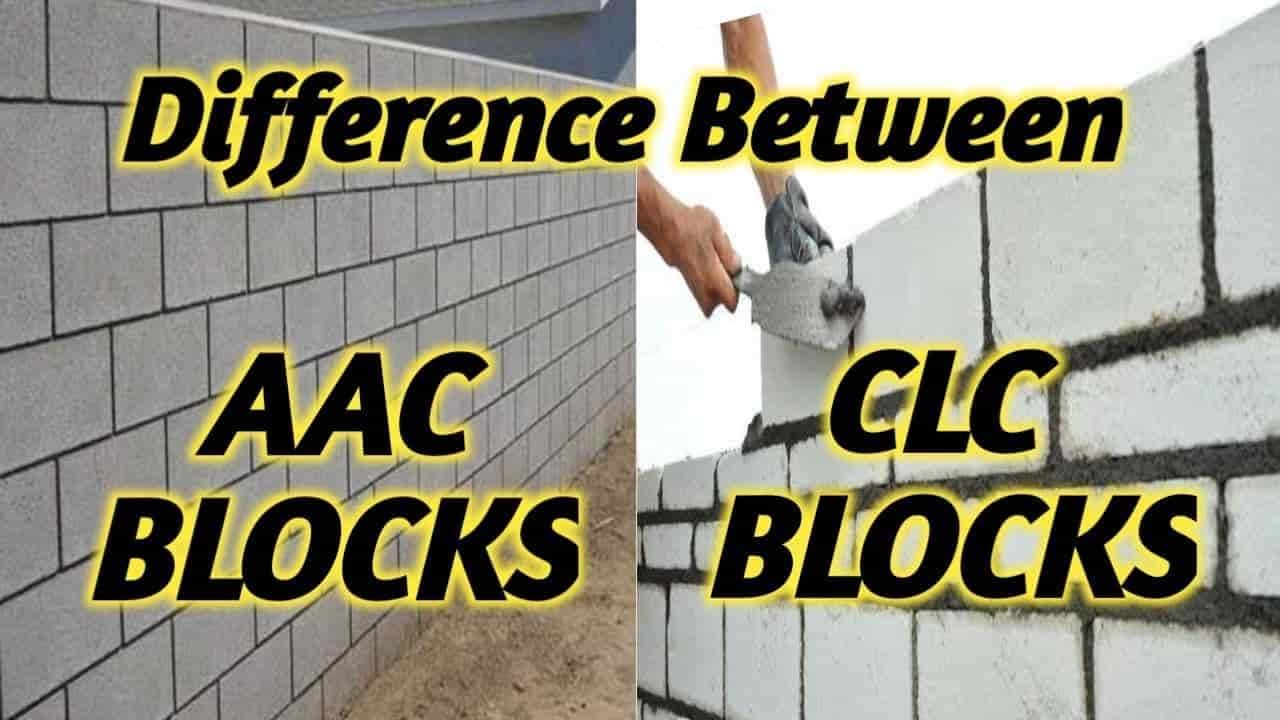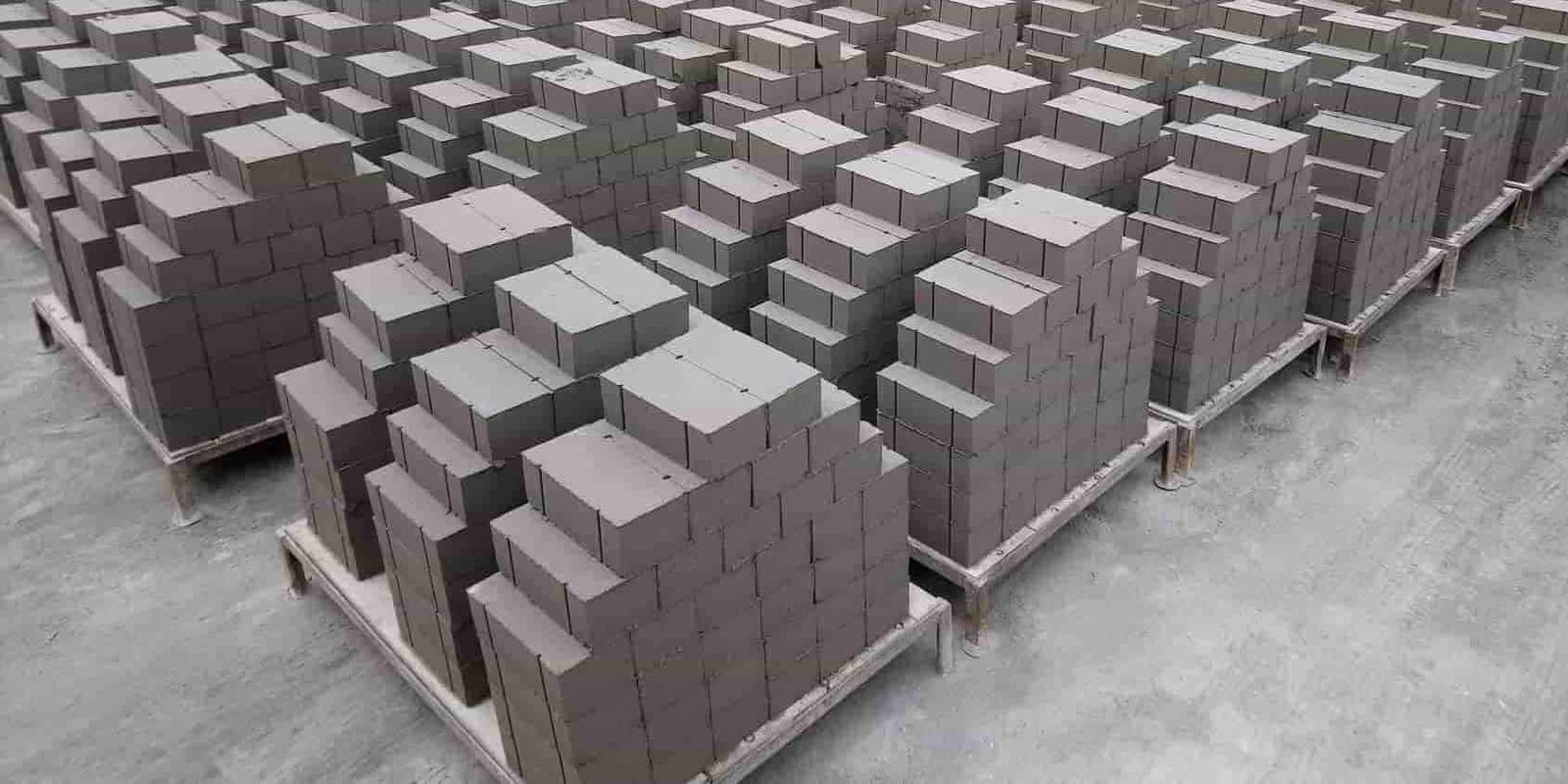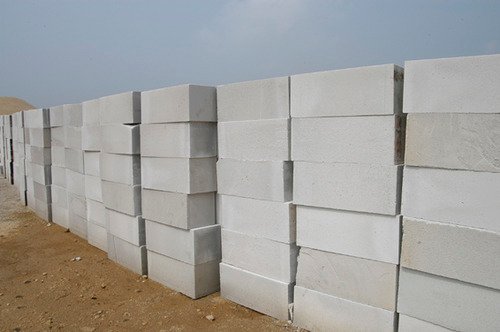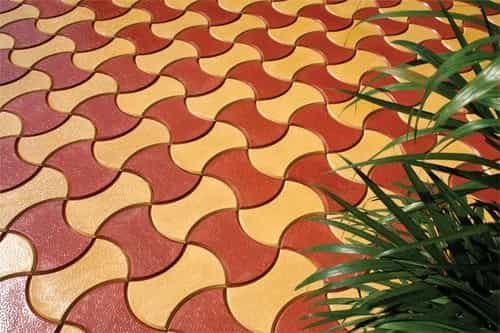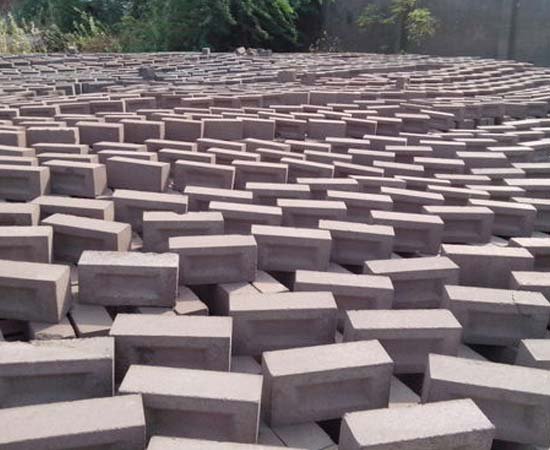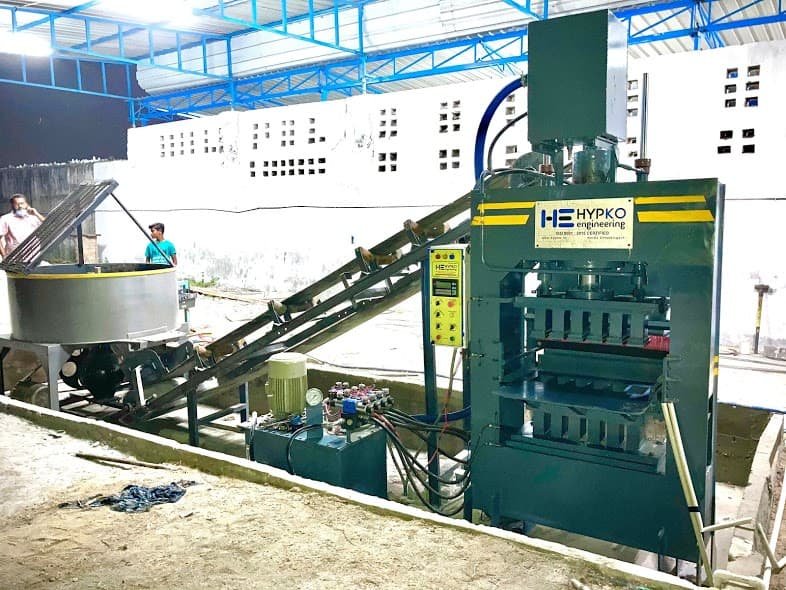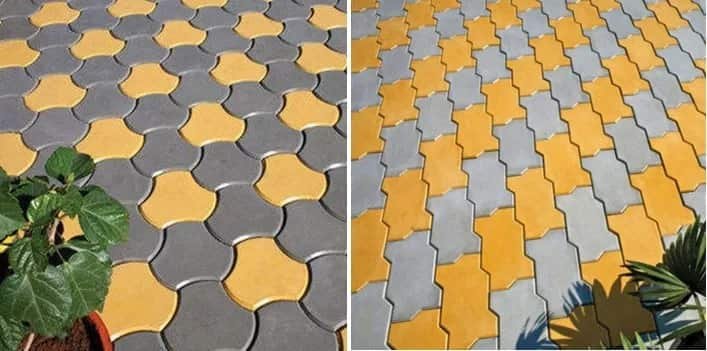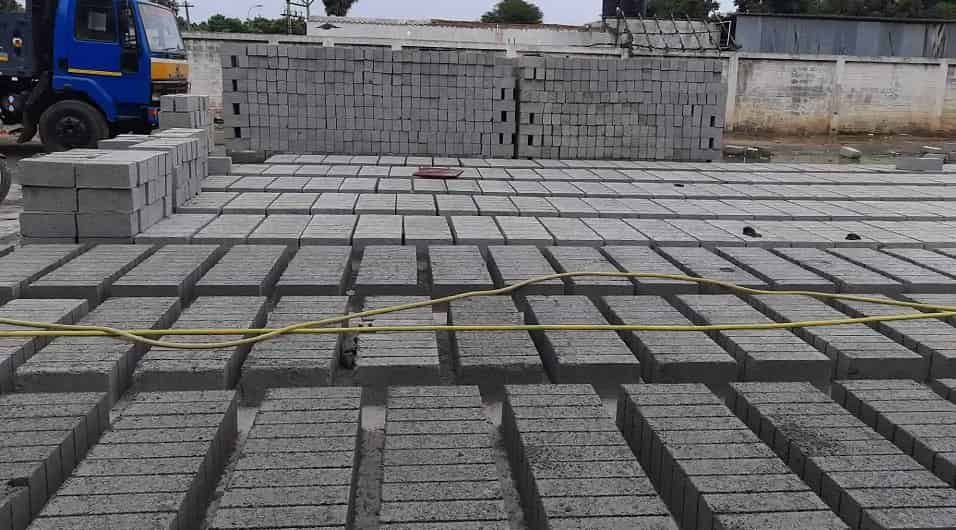Differences Between AAC Blocks and CLC Blocks: Advantages and Disadvantages Explained
AAC blocks and CLC blocks are both excellent choices for building materials, with their own advantages and disadvantages. While AAC blocks are more widely used and have better availability, CLC blocks are ideal for use in cold climates due to their excellent thermal insulation properties. Ultimately, the choice between the two will depend on the specific needs of the building project, as well as local availability and cost considerations.

